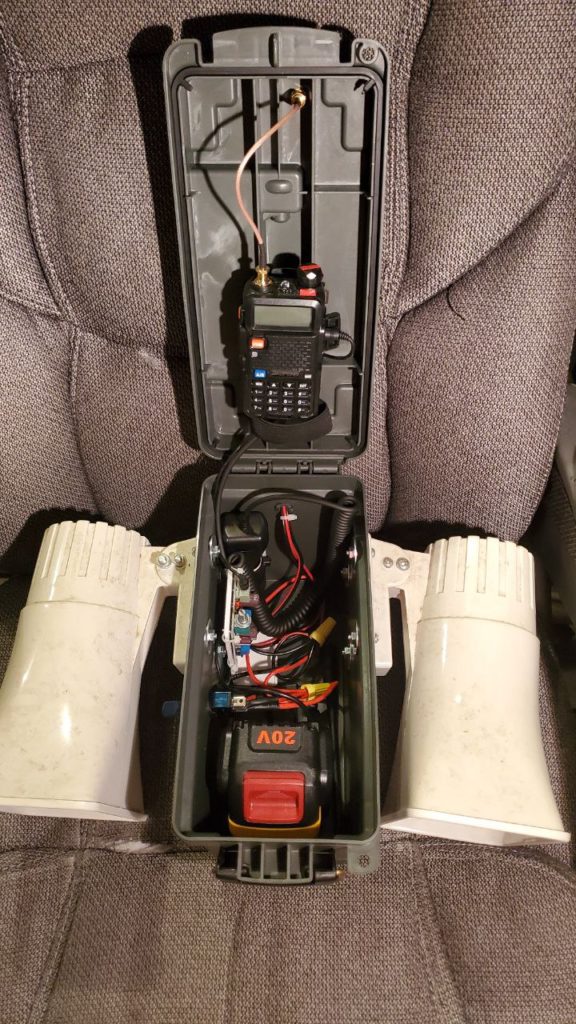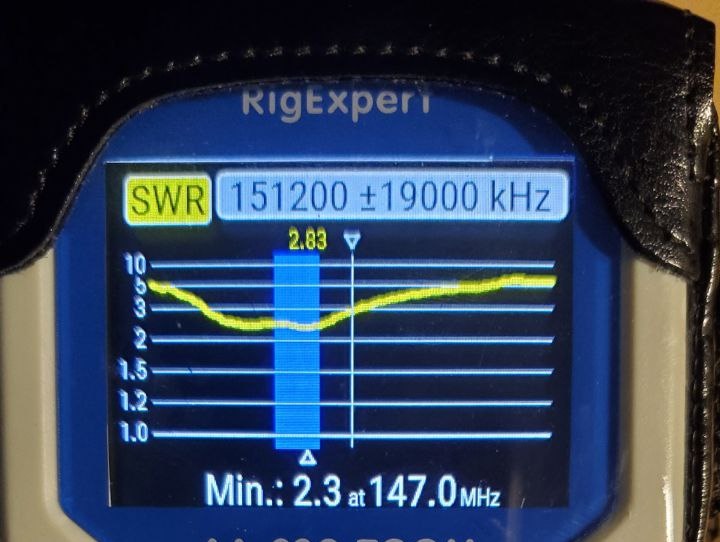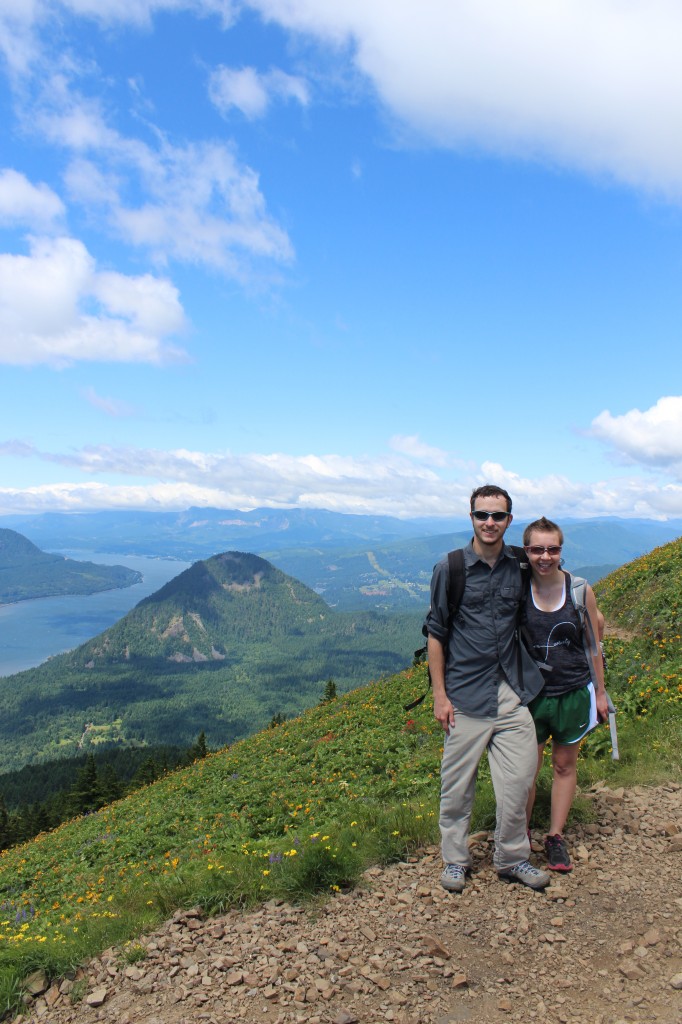The bleak ice world of New Tibet is fun to visit as an author, but hard on its animal people inhabitants. I don’t usually write fan fiction, but the nature of this shared universe inspired me to torture some characters.
June 24, 2009
Prompted by: Saelio
Just a little farther.
The hare took another agonizing step. His feet were past numb. The tattered pads left streaks of red in his wake, sharply contrasting the perpetual white of the New Tibet landscape. He shivered again. Or perhaps he had never stopped. The frigid, bleak atmosphere was friendly to no one. Inch by inch, it ate away at you soul, assuming the Vishons or Shivers didn’t get to you first. The thick cloud cover casting a gray mantle over the entire planet. Night was nearly indistinguishable from day. New Tibet’s dual moons lit up the clouds the same as the sun, although perhaps with an even more depressing shade. It was enough to drive anyone born off-planet to madness. Even for the natives, it was only a matter of time before their spirit left, their body slow to catch up. It was enough to get logical people to do stupid things in the impossible hope of escape.
This is where our hare comes in. Just like so many others, he was lured by thoughts of fortune and adventure. He landed with the notion of catching his slice of the pie, and flying out in his own private space-liner financed by rare minerals. With all the others, he was disappointed to find there was no fortune to be found for honest work. No way home, no special skills, he went where the work was. The mines were hiring. If the surface was dreary, than the mining tunnels were the outer reaches of hell. The average temperature in the tunnels was much warmer than surface. This, may have seemed a blessing, but the air hovered just above freezing. This was enough to keep liquid the never ending “drip, drip, drip” of water. The glacial melt eventually seeped through even the thickest fur. It combined with the dust in the air to form a muddy pelt, and a deep cough that never seemed to go away. Long hours of bitter labor left little time to rest, and no time for play. Such was the life of a miner.
It started small. A Shiver pusher confronted him on an abandoned street corner. “Hey, you look like you could use something to warm you up.” Our hare warily noted the wild look in the foxes eyes. A gust of cold wind pushed him forward half a step, cutting through his jacket, into his fur and brushed bare skin. The fox eagerly reached into the pocket of his large overcoat and pulled out a foil wrapped pill, proudly displaying his wares. Not wanting a confrontation he quickly slipped the fox several creds and hurried towards his home. The pill remained clutched in the hare’s paw. It’s foil wrapping seemed almost electric with danger, deep inside his coat pocket.
The fox was an oddity. The Shivers consisted almost entirely of wolves. There was little chance he would advance past his current position, selling synthetic super-drugs. Still, the crazed fox likely made twice as much as a miner’s wage. Any sense of honor had dissolved along with uncounted miles of stone at the drill-tip. The hare’s reasons for avoiding the Shiver’s was far more primal than that. The Shivers were a dangerous bunch. They perhaps weren’t as bad as the Vishons, barbaric polar bear brutes by comparison, but a thousand generations of evolution gave our hare an innate caution among creatures with such pointy teeth.
Inside his cookie-cutter studio apartment the hare sat at his table, the only other furnishing a worn out cushioned chair in the adjacent corner. He stared at the pill, now unwrapped. It seemed to glow back at him, a pale green hinting at its hidden power. In a flash he had dropped the pill in his mouth and swallowed. He waited a moment. A letdown embraced the hare as the drugs failed to have the expected effect. He stood, and began his nightly routine when a warm tingle began creeping under his fur. He scratched at it cursing the mines and the dust and the mud, but when he realized the feeling was spreading he knew it must be the pill. The feeling grew to envelope his whole body. It was a warmth he hadn’t felt since arriving on this horrid planet. Waves of euphoria hit him one after another, each bigger than the last. It was all he could do to stumble to his cot. It…feels like sunshine.
The next morning, our hare woke up with a dry mouth, but still the drug lingered. He glanced at the clock on his stove and stood up with a start. Late for work! In a panicked rush he readied and sprinted to the mine site. An angry foreman awaited him when he grabbed his time card and turned to punch in. He acted sorry and agreed with the over-weight badger when he was called a cadre of despicable things. None of it mattered, all the hare could think about was the amazing feelings from the previous night, and the fox on the street corner. He was warned not to be late again, and rushed off to the tunnel entrance.
After work he went straight to the fox dealer. “Ah, back again. I trust you enjoyed my services?” The hare just handed him more creds and groped for the foil wrapped ambrosia. He didn’t even bother to get into his house before popping his next high. It was every bit as good as the first one, if not better. Traces of his first experience still circulated through his body. In an instant he had gone from out of luck bunny to king of his own world. The work in the mines no longer mattered. He knew he would have happiness to look forward too upon his return. It became a matter of course to stop by and patronize the pusher after work each day. At first he was cautious, he never bought beyond his means. He would go two, three, four days without eating just to save up enough for one high, but he always payed cash.
Then it happened. The New Tibet Mining Corporation technically held a no drug policy. It was rarely enforced. Half of the companies security personal were on the payroll of one or other of the cities major gangs. The only time it was really held to was when some corporate bigwig came in from off planet. It was his lucky day. Mandatory drug screenings. Our hare blanched in fear, knowing there was no way to escape the inevitable result. He got the paper in a surprisingly short amount of time. A grey slip (of course) that read “20 day suspension of labor activities, and immediate dispatch from The New Tibet Mining Corp. property.” Twenty days…how am I supposed to live without uppers for twenty days? How am I supposed to live without food for twenty days. Dazed from the stress of the mornings events he found himself mindlessly walking the same route he always took to and form work. Seeing him coming, the pusher stepped out to intercept him. “You’re off work early. Did you make a big discovery and they sent you home? A bonus perhaps? I’m sure I have just what you’re looking for.”
The hare tried hard to glare at the fox, but couldn’t find the hate in his emotionally empty mind. “No, it’s not quite like that. I’m under temporary suspension because of your pills. I don’t exactly have the money right now…”
The fox grinned a sly grin and consoled the hair. “That’s okay my friend, you’ve been such a good customer, I’d be happy to let some go to you on credit. You can pay me back in better times. With interest of course.”
Again, the hare tried to feel something. What could it hurt. It’s not as if I have any more to loose.
Some days later, growing desperate for basic necessities, he decided to do something he promised he would never do. He tracked down a Shiver controller and begged a loan. He quickly spent it on dry food, heat creds, and water before he had a chance to grow weak and go back for more Warmth.
He made it to day nineteen. The withdrawal, and his returning inhibitions fought each other in a never-ending battle. He couldn’t sleep. He couldn’t keep down the meager nutrients he had left. His body was killing itself. It was in the dead of night that he left. He took only his coat with him. At first he thought he was walking to see the fox again, but his feet kept plodding right on by his usual haunt. He kept walking to the outskirts of the city, then beyond. The wide ice plains seemed endless under the moon’s glow. Only a faint silhouette gave him any target. Mt. Arkon loomed in the distance. He kept on through the night. At times he sprinted running from his demons in the city. Never did he stop. To the base of Mt. Arkon he ran, and still he didn’t stop. Upwards! Upwards! The morning was fast approaching. He had to get to the peak hidden above the clouds. No, he had to get above the clouds. Onwards! His mind knew his body was dying. There was no returning to the city. He poured every last ounce of energy into one last step. Then somehow found the energy for one more, and one more. “Upwards…I must…get above the clouds.” His senses faded as life drained from his body, and still he kept climbing, blind and deaf. Finally he could give no more. His torn body collapsed on the icy rocks, never to move again. The last thing he felt before his soul was released from the ice prison was sunshine on his face, guiding him home.




